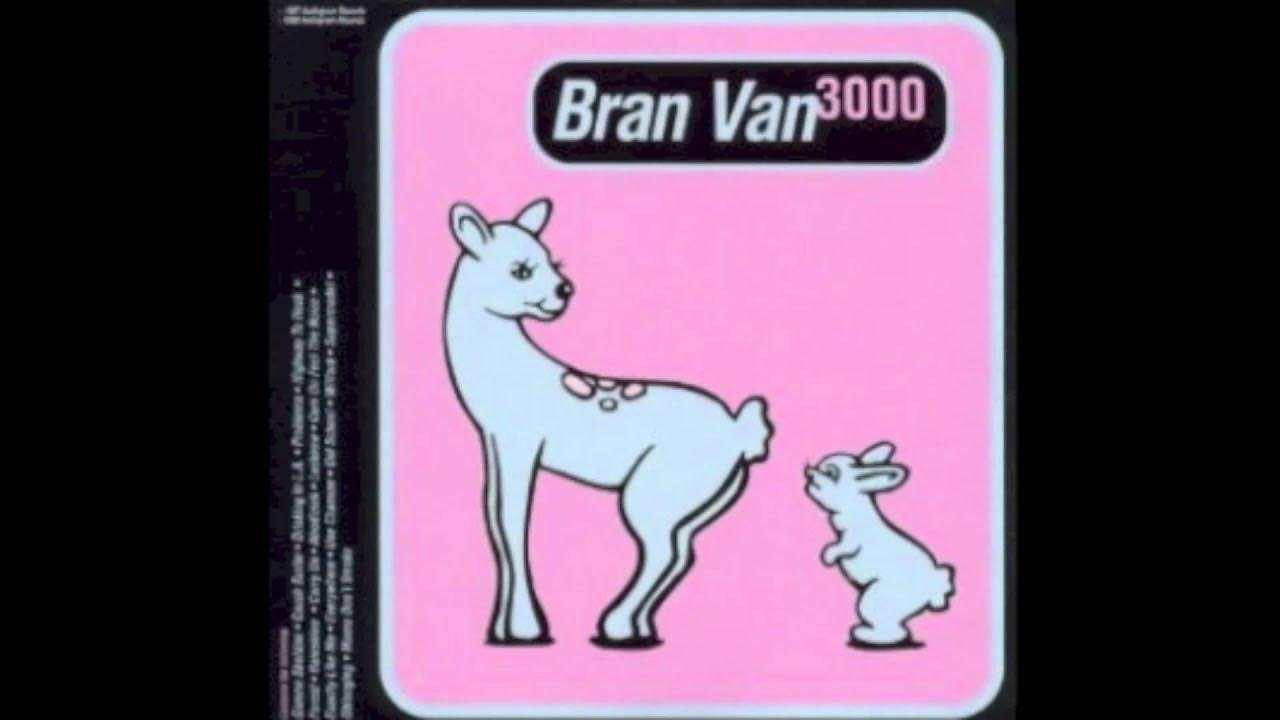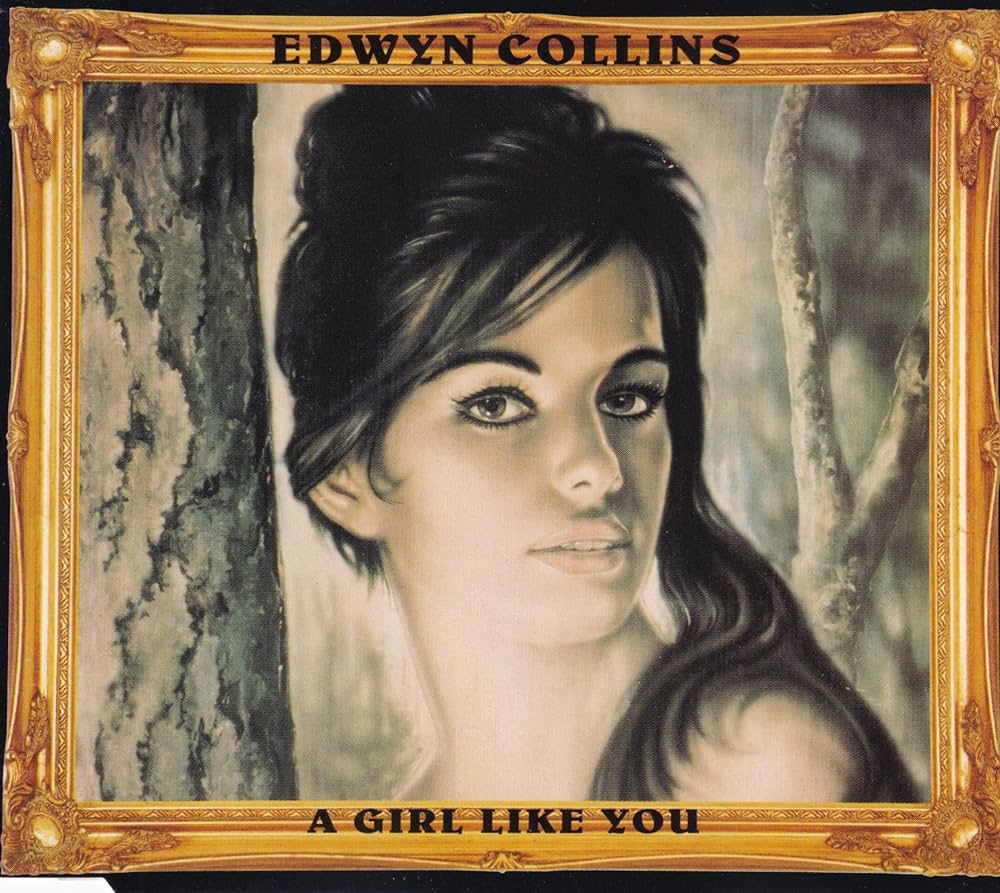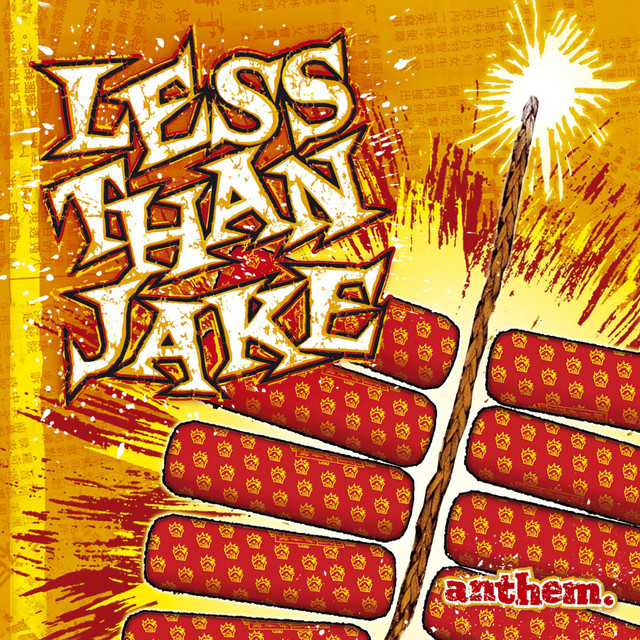 “Everlong” is not just a Foo Fighters song—it’s the Foo Fighters song. It transcends genre and generation, an anthem that has become synonymous with vulnerability cloaked in power, love filtered through distortion, and emotional honesty screamed over a tidal wave of guitar fuzz. Released in 1997 as the second single from the band’s seminal sophomore album The Colour and the Shape, “Everlong” marked a pivotal moment in the evolution of Foo Fighters, the artistic resurrection of Dave Grohl, and a turning point in modern rock. It is both deeply personal and widely universal—a rare achievement in a genre often accused of posturing rather than feeling.
“Everlong” is not just a Foo Fighters song—it’s the Foo Fighters song. It transcends genre and generation, an anthem that has become synonymous with vulnerability cloaked in power, love filtered through distortion, and emotional honesty screamed over a tidal wave of guitar fuzz. Released in 1997 as the second single from the band’s seminal sophomore album The Colour and the Shape, “Everlong” marked a pivotal moment in the evolution of Foo Fighters, the artistic resurrection of Dave Grohl, and a turning point in modern rock. It is both deeply personal and widely universal—a rare achievement in a genre often accused of posturing rather than feeling.
Dave Grohl wrote “Everlong” during a time of upheaval, heartbreak, and transformation. He was going through a divorce, reeling from the finality of Nirvana’s collapse after Kurt Cobain’s death, and rebuilding his creative identity from the ground up. The Foo Fighters had been born out of necessity, almost accidentally, from home demos Grohl recorded to keep his spirit intact. By the time “Everlong” came into existence, the band had taken on a life of its own, and Grohl was finding his voice—not just as a musician, but as a frontman, songwriter, and emotional conduit. The lyrics of “Everlong” reflect the complicated messiness of love lost and love rediscovered. They were reportedly inspired by his budding relationship with Louise Post of Veruca Salt, who even contributed a ghostly, whispered vocal harmony in the final mix. But as with the best songs, it doesn’t matter who the muse was. What matters is that it captures something raw, real, and enduring.
The power of “Everlong” lies in its marriage of sonic urgency and lyrical tenderness. From the opening strum, the guitar riff is instantly iconic—circular, hypnotic, full of both tension and hope. It’s the kind of riff that feels like it’s always existed, as if it was plucked from the collective unconscious. What follows is a surge of melodic rock energy that never loses its emotional grip. The song explodes and contracts in waves, but never descends into chaos. Instead, it builds a world where yearning is electric, and intimacy roars louder than aggression. Grohl’s vocals are as much about tone as they are about words. His delivery trembles at the edges, straining at times, giving the sense that he is barely holding himself together. It’s that exact fragility—wrapped inside the punch of drums and walls of guitar—that makes the song feel so alive.
“Everlong” is structurally brilliant without ever calling attention to its architecture. It adheres to classic pop-rock form—verse, chorus, verse—but the dynamics are constantly shifting. The guitars chime, then swell. The drums—recorded by Grohl himself after original drummer William Goldsmith left the band mid-session—are tight, aggressive, and metronomic in their drive. Grohl’s drumming is deceptively complex, adding texture and push without overwhelming the melodic core. When the breakdown comes midway through the track, with spoken word vocals whispering beneath the instrumentation, the song takes on a dreamlike, almost cinematic quality. It is both a lull and a jolt, a moment of introspection before the final surge.
Lyrically, “Everlong” resists easy categorization. On the surface, it reads like a love song, but it doesn’t fit the typical mold. Lines like “If everything could ever feel this real forever / If anything could ever be this good again” strike at the heart of not just romance, but memory, impermanence, and the desperation to freeze a fleeting moment. Grohl captures something that so many people can relate to—that ache to bottle joy, to make something last in a world that always moves too fast. The ambiguity of the lyrics, their impressionistic nature, only strengthens the song’s impact. “Everlong” doesn’t tell you exactly what it means; it shows you what it feels like.
The song’s enduring popularity owes much to its ability to transform depending on context. Heard through headphones late at night, it can feel like a private prayer. Blasted at full volume in a stadium, it becomes a shared catharsis. When Foo Fighters perform it live, it often arrives at the emotional peak of the set, sometimes in its full electrified glory, other times in stripped-down acoustic form, where the lyrics take center stage and the vulnerability is laid bare. One of the most iconic acoustic renditions occurred on The Howard Stern Show in 1998, where Grohl, armed only with a guitar and his voice, gave a performance that redefined the song for many fans. It was raw, tender, and immediate—a demonstration that even without distortion pedals and pounding drums, “Everlong” retained its emotional potency. That version spread virally long before “viral” was a term in the digital world, winning over listeners who may have dismissed Foo Fighters as just another post-grunge outfit.
Beyond its structure and melody, “Everlong” endures because of its emotional truth. There’s a sincerity to it that refuses to age. It’s not ironic, detached, or posturing—it believes in itself, and invites the listener to believe in something, too. In a decade often remembered for its cynicism and flannel-clad ennui, “Everlong” is a beam of unguarded light. It’s a song about connection, about recognizing that even in moments of brokenness, there is something beautiful and sacred in feeling deeply. It’s about that rare kind of love that makes time slow down and everything else disappear.
The music video for “Everlong,” directed by Michel Gondry, adds another layer to the song’s mythology. Surreal, absurd, and dreamlike, the video draws from Gondry’s signature aesthetic of handmade wonder. It features Grohl in a series of bizarre dream sequences that blend horror movie tropes, slapstick comedy, and tender fantasy. The visual narrative doesn’t try to explain the song; instead, it expands it, suggesting that love and dreams and fear are all tangled up together. The video’s strange charm only deepened the song’s appeal, endearing it further to a generation of MTV viewers who were learning to appreciate the surreal alongside the sincere.
Over time, “Everlong” has taken on a life far beyond its initial release. It’s become a wedding song, a heartbreak song, a coming-of-age song, a grief song. It has played at funerals and high school graduations, in bedrooms and arenas. When Foo Fighters performed the song on Saturday Night Live just weeks after the September 11 attacks, it carried the weight of a nation trying to find something steady to hold onto. And when Grohl performed it solo at the 2022 tribute concert for Taylor Hawkins, his bandmate and best friend, the song felt like a prayer of mourning. His voice cracked, his eyes welled with tears, and the entire audience seemed to exhale as one. In that moment, “Everlong” wasn’t just a song about love—it was a song about loss, memory, and the bonds that refuse to be broken, even by death.
What makes “Everlong” timeless is not just that it’s good—it’s that it’s true. It’s a song that doesn’t pretend to have answers but insists on asking the right questions: What does it mean to love someone completely? What do we do when we realize that moments don’t last? How do we reconcile the overwhelming intensity of emotion with the inevitability of change? Grohl doesn’t offer easy answers, but he offers something better—a place to feel. And in doing so, he created a song that isn’t just listened to, but lived through.
Foo Fighters have had many hits over their storied career, from “My Hero” to “Learn to Fly” to “The Pretender,” but “Everlong” remains the song that defines them. It’s the track that people scream for at shows, that fans tattoo onto their bodies, that strangers sing together in bars, cars, and backyards. It is the moment where Dave Grohl’s past, present, and future crystallized into a single melody. The child of tragedy and reinvention, “Everlong” proved that Grohl wasn’t just the drummer of a fallen band—he was an artist in his own right, a voice for a generation that needed both volume and vulnerability.
“Everlong” is the kind of song that only comes along once in a while. It’s lightning in a bottle, a perfect storm of timing, emotion, melody, and meaning. It is both intimate and anthemic, delicate and explosive. And more than two decades later, it hasn’t dimmed. If anything, it has only grown brighter, stronger, and more essential. Because everyone, at some point, longs for something that feels as good as “Everlong.” And when they find it, they hope—against the odds—that it can last.


